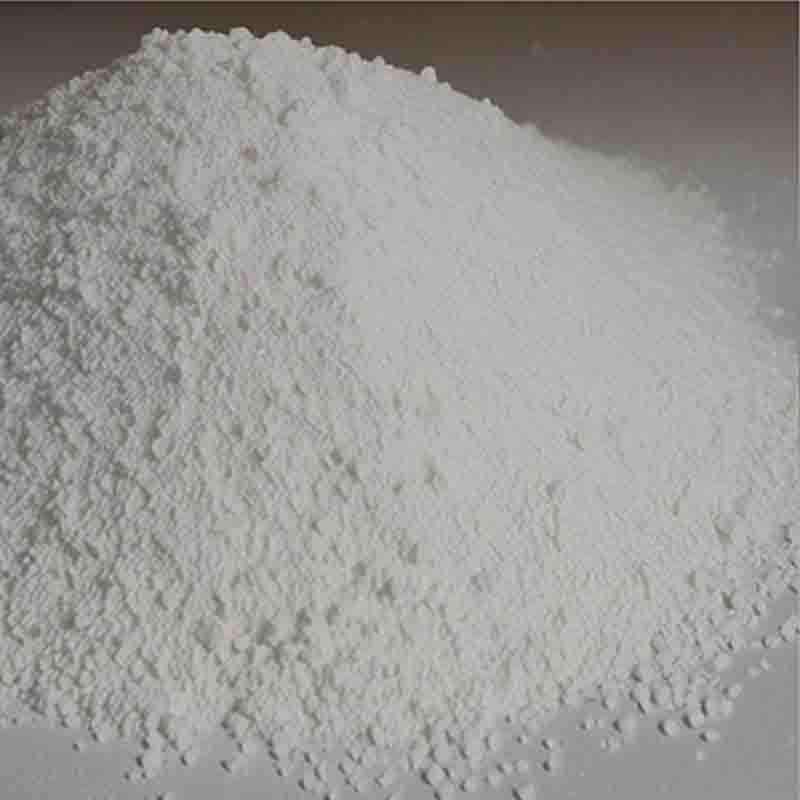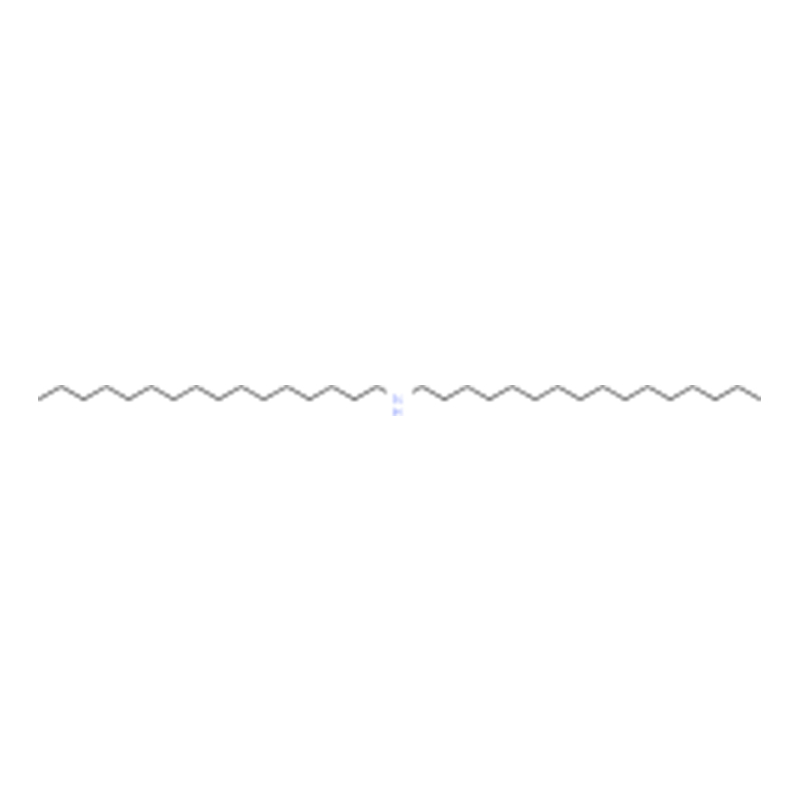2-iodoanisole CAS:529-28-2
| Catalog Number | XD96245 |
| Product Name | 2-iodoanisole |
| CAS | 529-28-2 |
| Molecular Formula | C7H7IO |
| Molecular Weight | 234.03 |
| Storage Details | Ambient |
Product Specification
| Appearance | White powder |
| Assay | 99% min |
2-Iodoanisole is a chemical compound with the molecular formula C7H7IO. it is an aromatic compound, also known as o-iodoanisole, and it consists of an iodine atom (-I) attached to the ortho position of a methoxybenzene molecule. The introduction of an iodine atom in 2-iodoanisole can have significant effects on its chemical and physical properties, leading to various applications.One of the main effects of 2-iodoanisole is its enhanced reactivity compared to the parent compound, anisole. The presence of the iodine atom increases the electron density in the ring, making it more susceptible to nucleophilic substitution reactions. This increased reactivity allows for the introduction of different functional groups into the molecule, making 2-iodoanisole a valuable intermediate in organic synthesis.Furthermore, the proximity of the iodine atom to the aromatic ring in 2-iodoanisole can also result in increased acidity compared to anisole. This enhanced acidity can favor specific reactions, such as electrophilic aromatic substitution, where the aromatic ring undergoes substitution reactions with electrophiles.Another important aspect of 2-iodoanisole is its potential as a directing group in transition metal-catalyzed cross-coupling reactions. The iodine atom can serve as a directing group to enable selective C-H activation and subsequent coupling with various aryl or alkyl halides. This methodology is particularly useful in the synthesis of complex organic molecules as it allows for the formation of carbon-carbon bonds in a controlled manner.The introduction of the iodine atom in 2-iodoanisole also affects its physical properties. For example, the presence of the halogen can increase the boiling point and melting point of the compound compared to anisole. This can be advantageous in certain applications where higher thermal stability or increased boiling points are required.Additionally, the iodine atom in 2-iodoanisole can contribute to its spectroscopic properties. For instance, it can cause shifts in the nuclear magnetic resonance (NMR) signals, allowing for its identification and characterization in mixtures or as a tracer compound.In summary, the introduction of the iodine atom in 2-iodoanisole enhances its reactivity, acidity, and physical properties, leading to various applications in organic synthesis, directing groups in transition metal-catalyzed reactions, and spectrometric analysis. These effects make 2-iodoanisole a valuable compound in the field of chemistry, enabling the synthesis of complex molecules and serving as a useful intermediate in the preparation of other compounds.


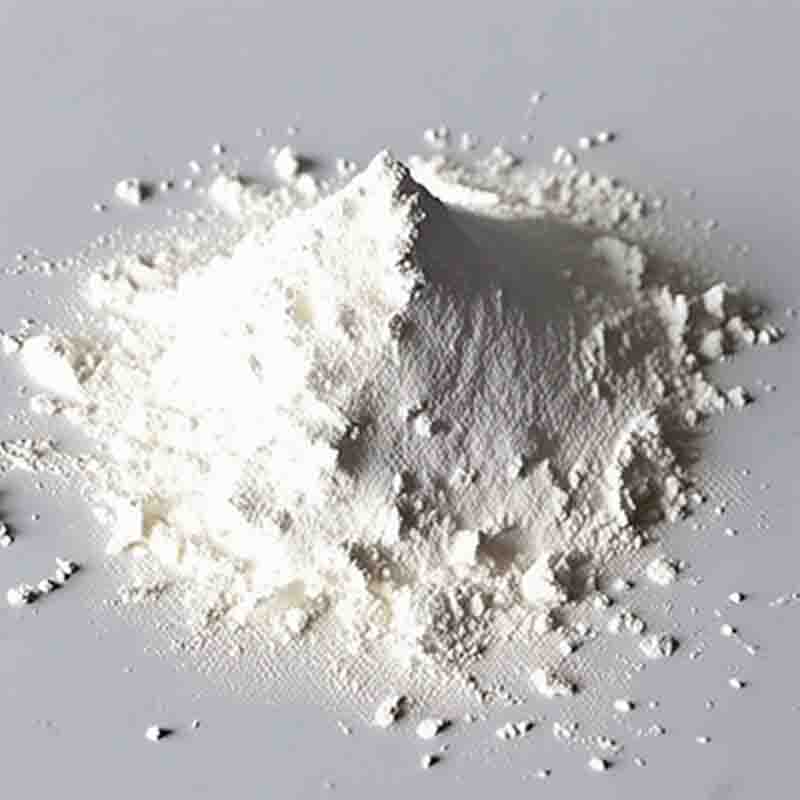

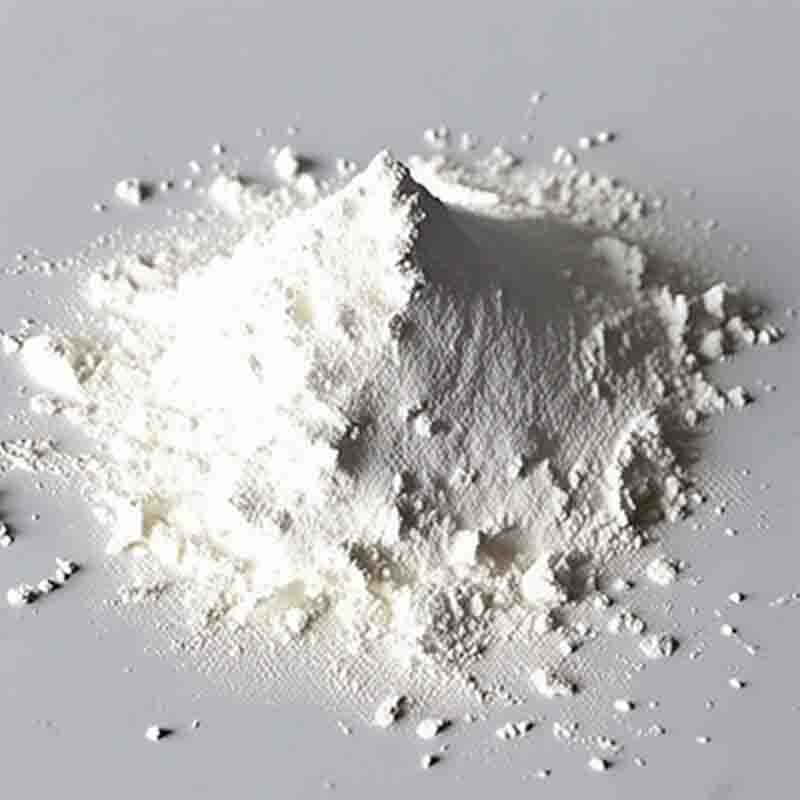
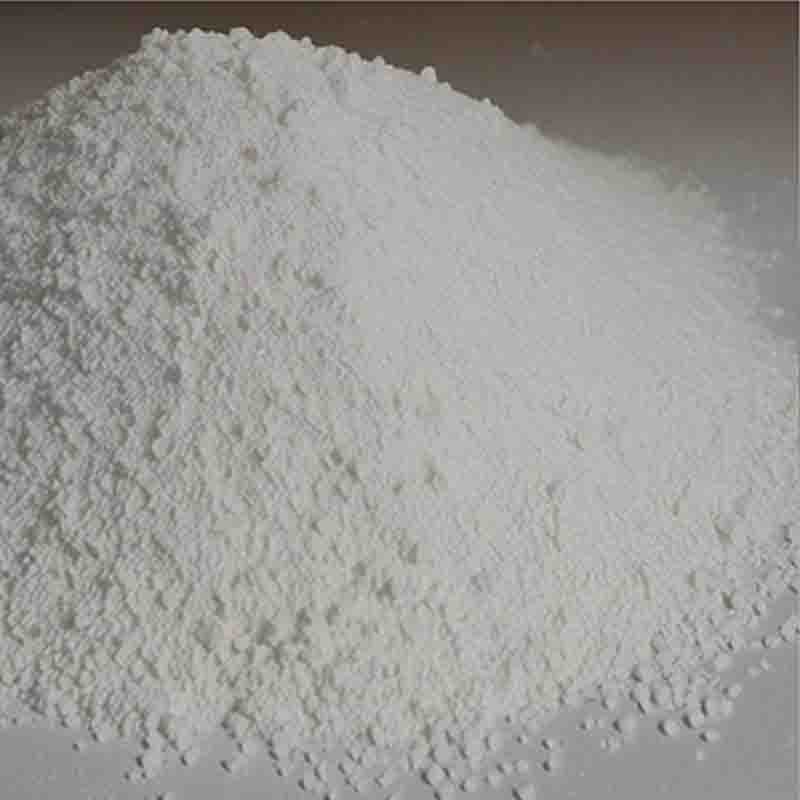
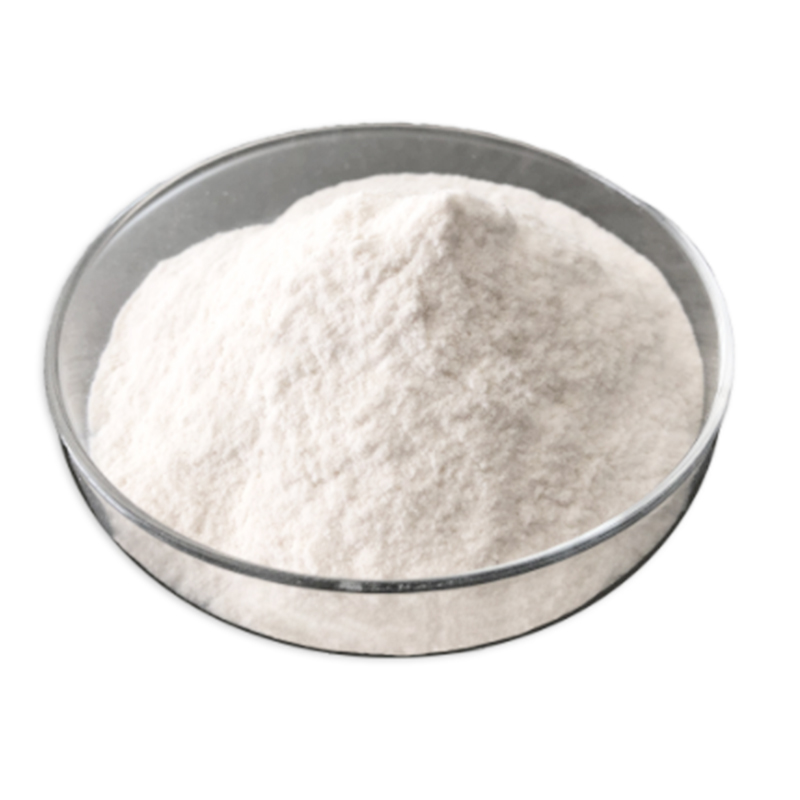
![4-[[(4-Fluorophenyl)imino]methyl]-phenol CAS: 3382-63-6](https://cdn.globalso.com/xdbiochems/粉末2165.jpg)
